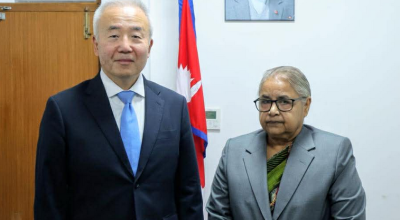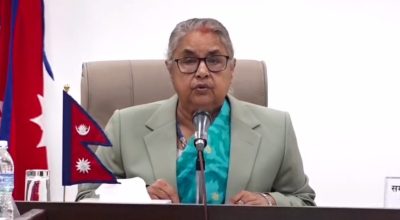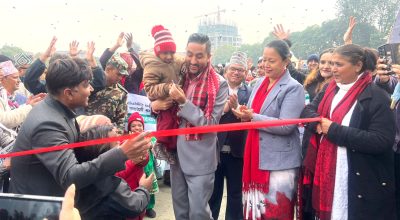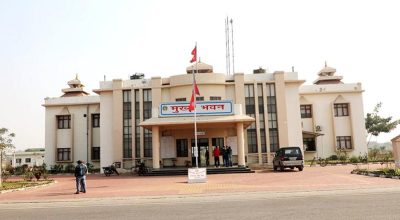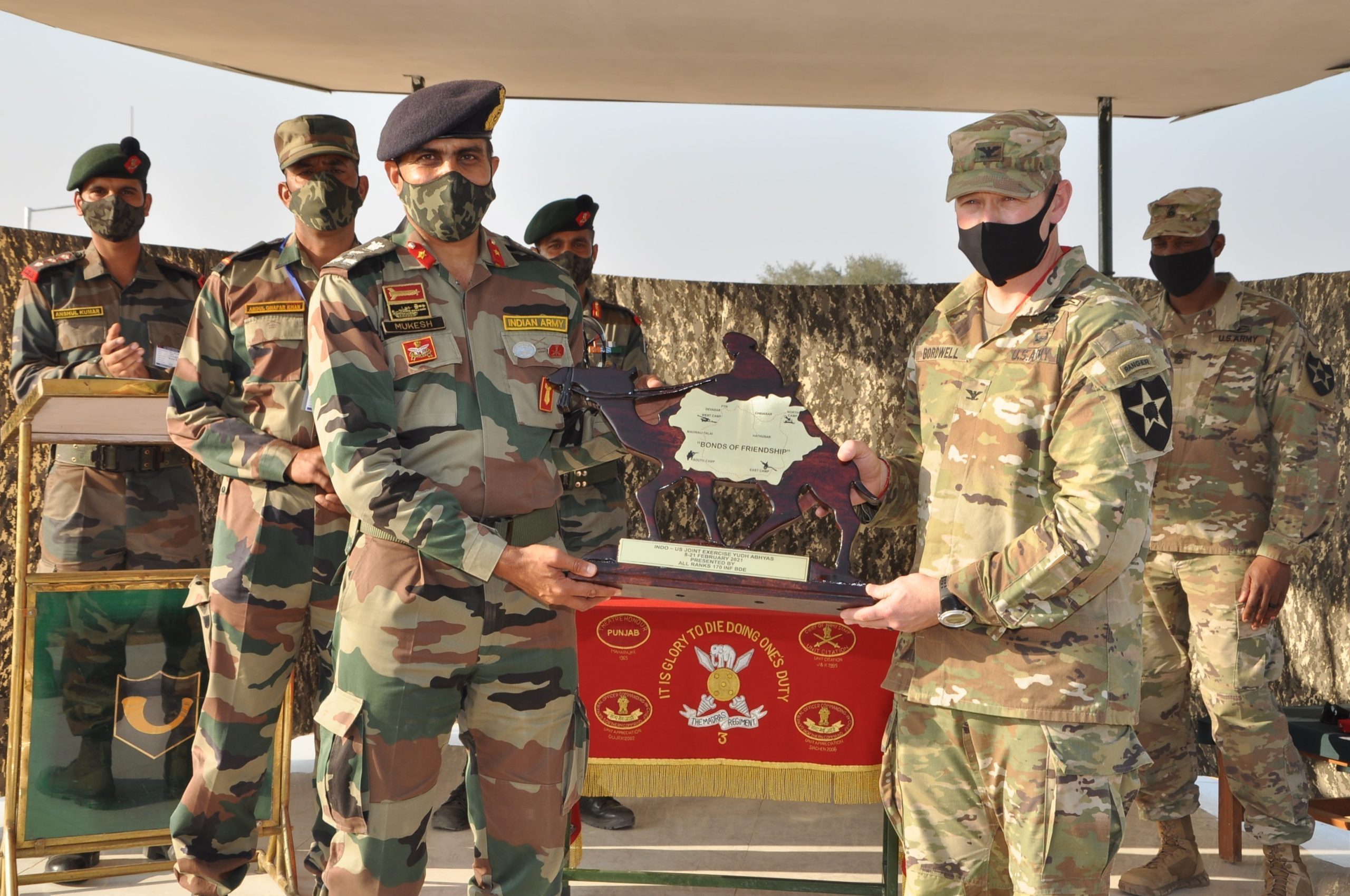
Photo Credit -ANI News
Impending US-India military drills has begun to raise tension not only in the Trans-Himalaya region, but also it hint to increase insecurity and fear in the entire South Asia. It is not hard to understand that this proposed drill is targeted against China, but in a broad framework it will be creating multiple side effect at the entire region. Experts worry on that US-India unnatural security partnership will be disastrous for peace, security and the spirit of cooperation in the entire Asia.
In October, a huge military exercise traversing more than two weeks will be conducted by India and the US in Uttarakhand state, in light of the speedily changing regional security environment. The dates of the 18th iteration of the exercise “Yudh Abhyas” are formally set for October 14 to October 31, according to sources of the defense and military and defense establishment. The mammoth exercise would include a lot of intricate maneuvers, they claimed.
In October 2021, the last iteration of the exercise was held in Alaska, United States. According to the Indian security experts, the exercise aims to improve communication, coordination, and interoperability between the US and Indian militaries. The enduring border row between India and China in eastern Ladakh is in the contextual as the “Yudh Abhyas” drill is taking place. If there is one thing that we have to learn from the history of India-US relations, it is that no good deed goes unpunished. The signing of agreement on security cooperation between New Delhi and Washington has soured this once cordial friendship.
Concerned with the safety and security in the South Asia, Experts are keeping a close watch on the US-India military drills. They claimed that this project is not only targeted against China but it will also create insecurity at South Asia region. This drill will be prepared to face the possibility of war between India and China. Experts say it will create a great military tension and risk on the border between India and China, as well as throughout South Asia region. Its aim is to demonize China as a threat for global security and stability.
The last few years have seen an improvement in Indo-US defense relations. Strategically the United States has recognized India a “Major Defense Partner” in June 2016. Over the past few years, the both nations have also signed major defense and security agreements, such as the Logistics Exchange Memorandum of Agreement (LEMOA) in 2016, which allows their armies to use each other’s bases to repair, supply and replacement as well as buttresses gigantic cooperation.
Additionally, the two parties ratified the COMCASA (Communications Compatibility and Security Agreement) in 2018, which permits the transfer of sophisticated US technology to India as well as military cooperation between the two militaries. India and the US signed the BECA (Basic Exchange and Cooperation Agreement) in October 2020 to advance bilateral military drills. The upcoming exercises have begun to raise tensions not only in the Trans-Himalaya region but also threaten fragile peace, according to experts who believe a new potential flashpoint is being created by the drills.
In recent years, a large military exercise between India and the United States has become a regular affair, especially on the eastern frontiers. Such co-operation between India and the US is considered to be taken as a measure to counter Beijing, who is believed to have serious intentions of restricting India’s activities in the region.
When we go back to the history, the United States and India had complicated relationship since their independence. The two nations had not made consensus even though both were democratic forces. For a long time, Indian leadership had challenged America’s neo-liberal and monopoly policy. Actually, since the end of the 1970 they had begun to improve relations politically.
Prominently with the dawn of the 21st century, the United States has been pushing for India to play a more active role in regional security and started to provide military support signing the major defense agreements. Due to the US influence on Indian security apparatus, India has become member of multiple security and political alliance initiated by the US. It want India to play most active role in the Asia Pacific region where India and other partners can watch China’s engagement, according to the American experts.
Sino-Indian border war of 1962, which was itself fetched on by long-standing territorial rows, presented rise to the Line of Actual Control, the imprecise de facto frontier between China and India. Its actual location might be obscure, and China and India remain to disagree over where one nation stops and the other begins. Any military conflict between India and China could have serious consequences. Both of them are nuclear-armed. After a brutal scuffle in June 2020 in the Galwan Valley, close to Aksai Chin, an area claimed by both countries that resulted in at least 20 Indian soldiers being killed, border tensions between the two countries increased. Since then India even more actively has been participating on American military and political mission to counter and encircle China from various aspects and areas.
Before too, U.S. and Indian military forces had completed their largest drills together which increased regional tensions however they claimed it only strengthening strategic partnerships and not intended to any parties. The United States has used its military exercises with India as leverage to strengthen strategic partnerships and enhanced more open and deep political relationship. The growing military partnership between the United States and India has had a significant impact on the region’s security, and the larger geopolitical implications of the growing military cooperation between the two nations will be seen in the future.
The U.S. and India have recently increased military cooperation in the Indian Ocean and the Pacific, including large-scale military exercises. What are the geopolitical implications of these drills, and how will they affect the region? Unfortunately, US and Indian establishment have ignore these parts and rejected the positive suggestions of the independent experts for not provoking military situation in the regional and global both arenas.
What US and Indian leadership need to realize that present world demand more solidarity and cooperation between the major powers for a better, prosperous and peaceful world. Any types of military or political provocations will derail the peace process, create fear and insecurity and eventually occur confrontational situation in the world. Based on these observation and reality, we can conclude that upcoming US-India military drills only disturb the peace, security and stability of the entire region. These kinds of unnecessary provocations need to be stopped.







